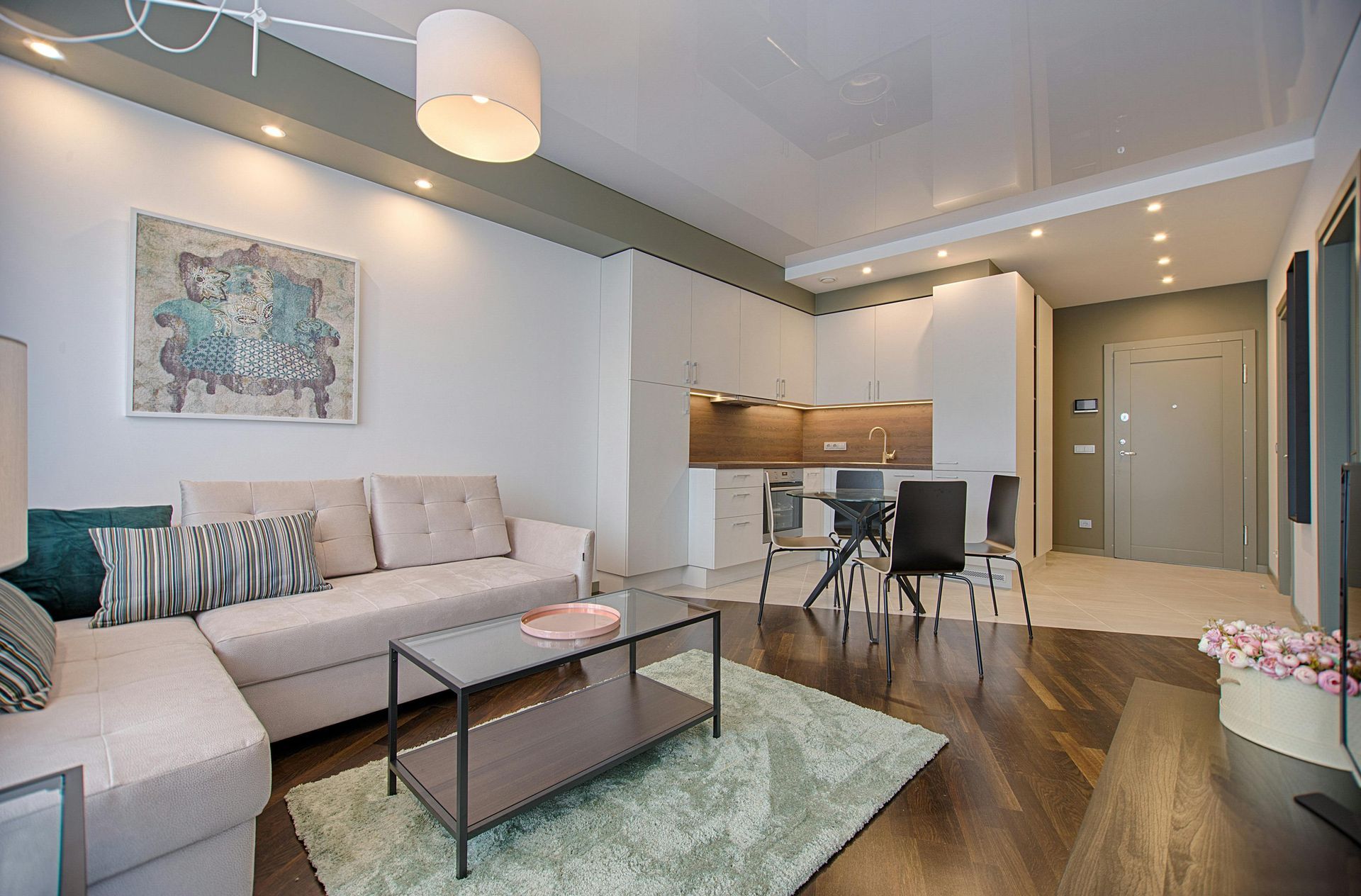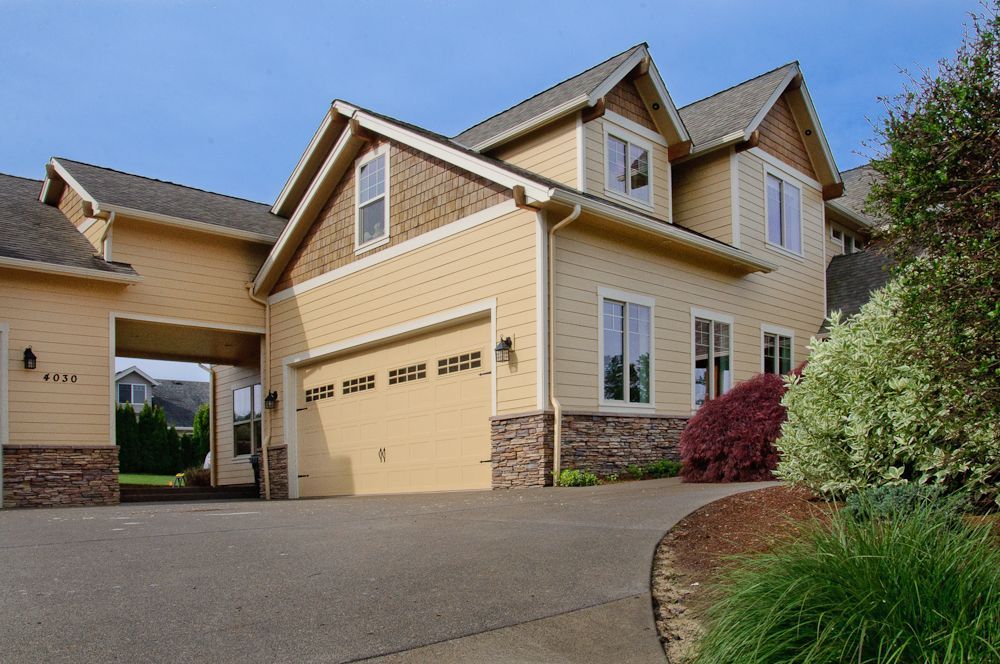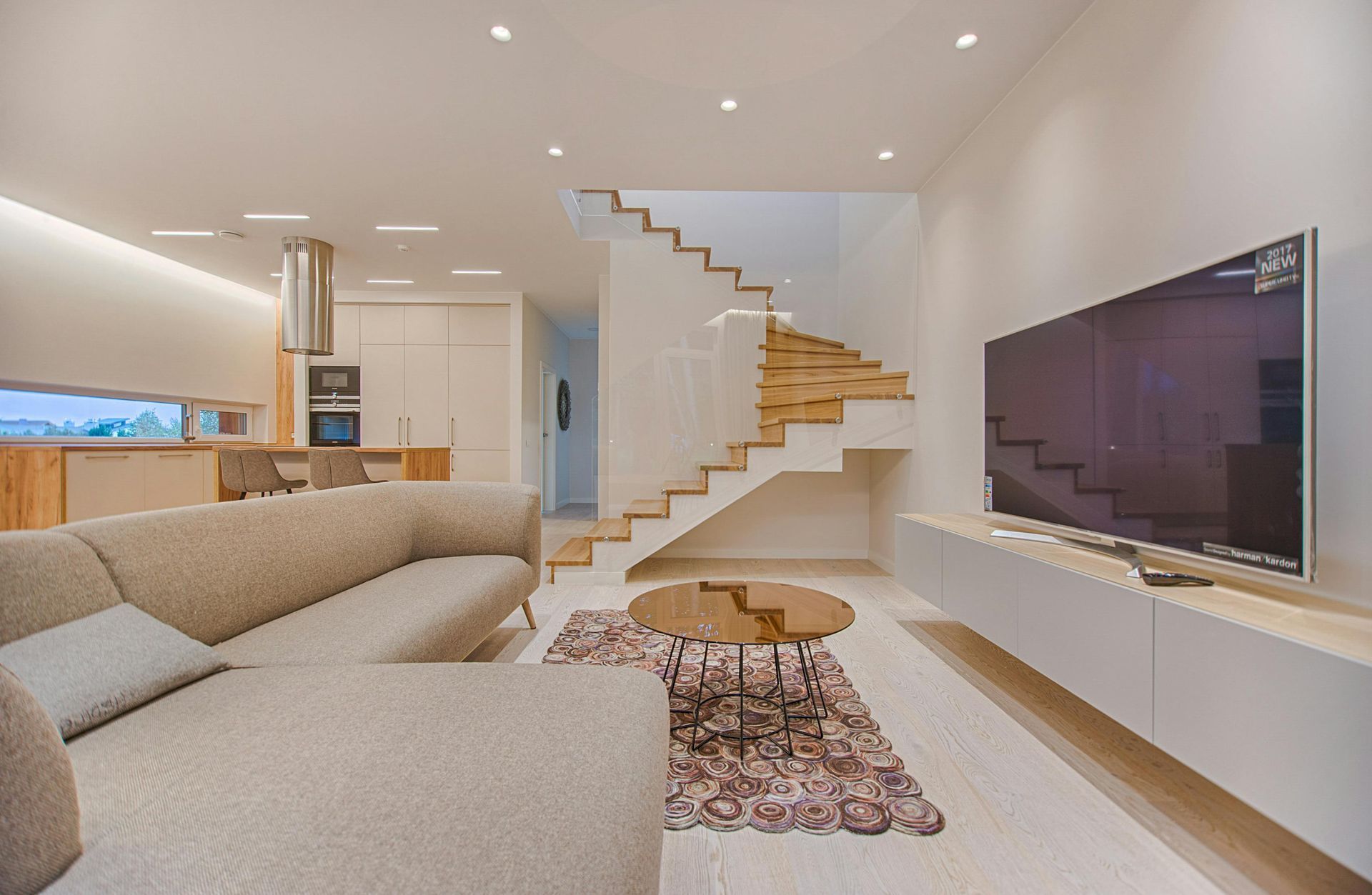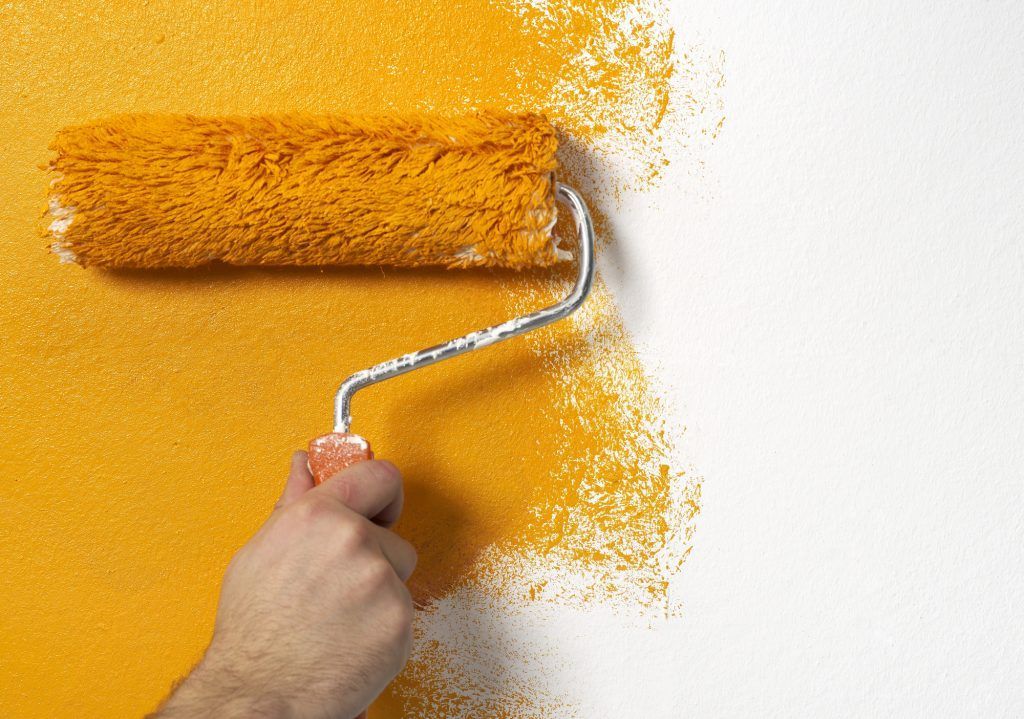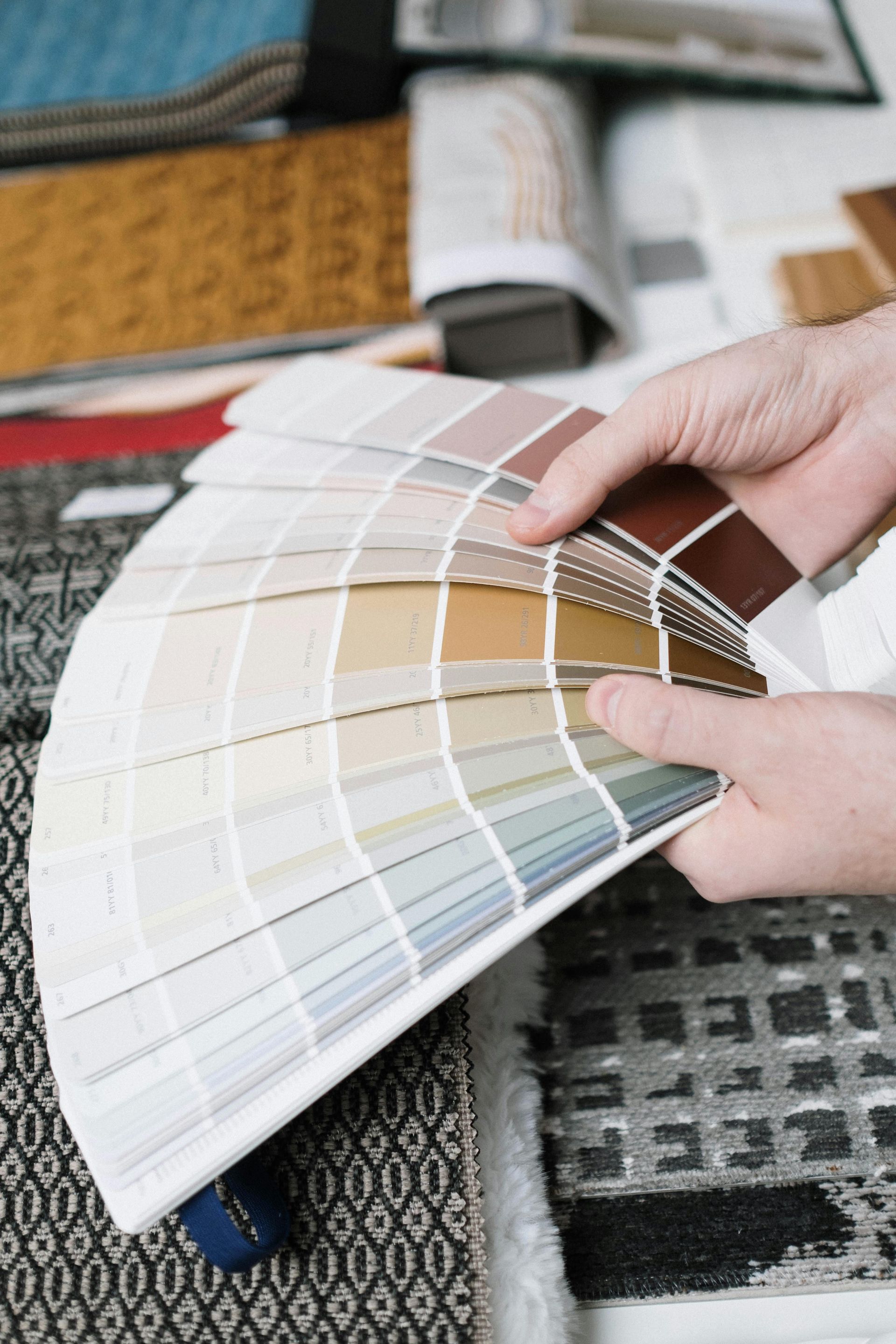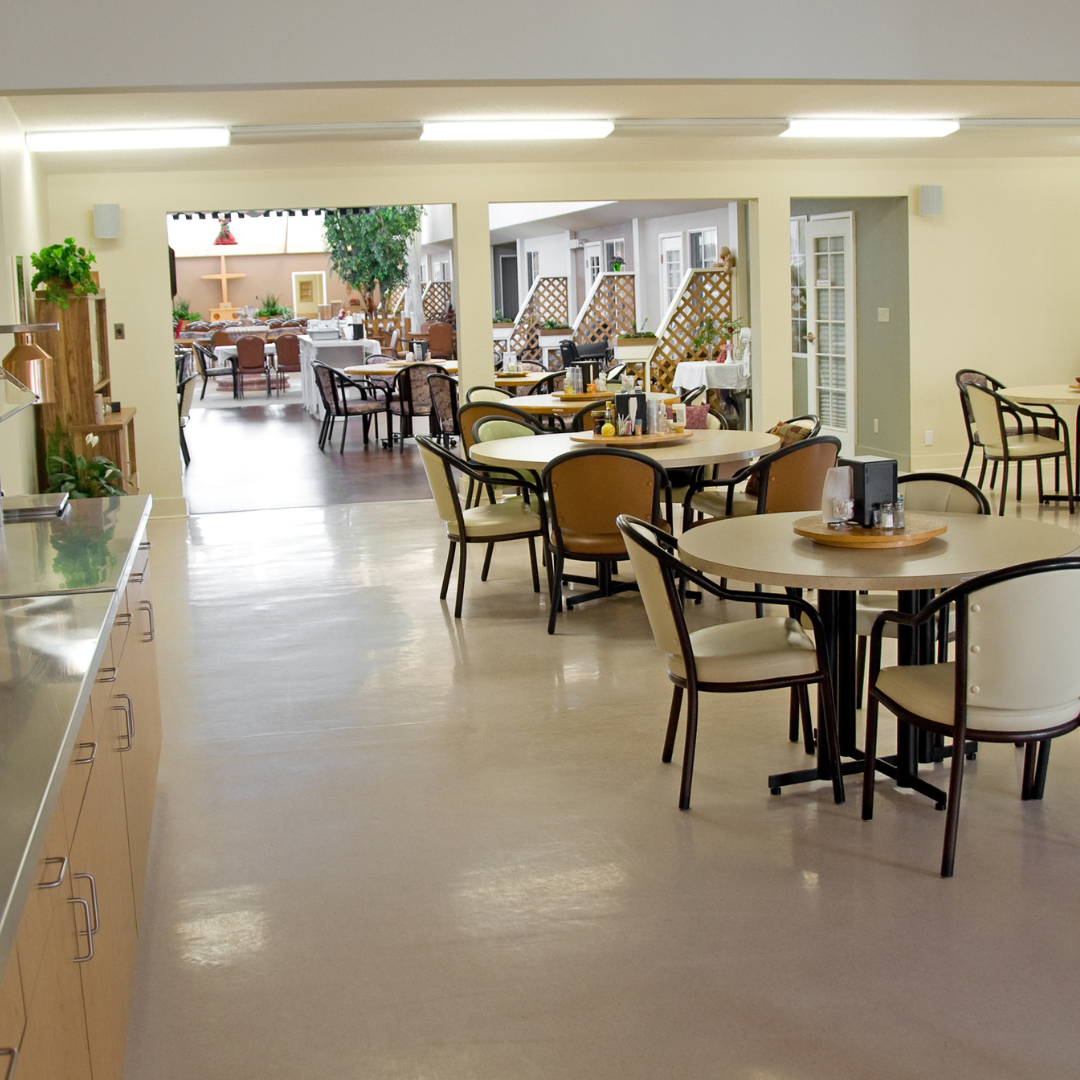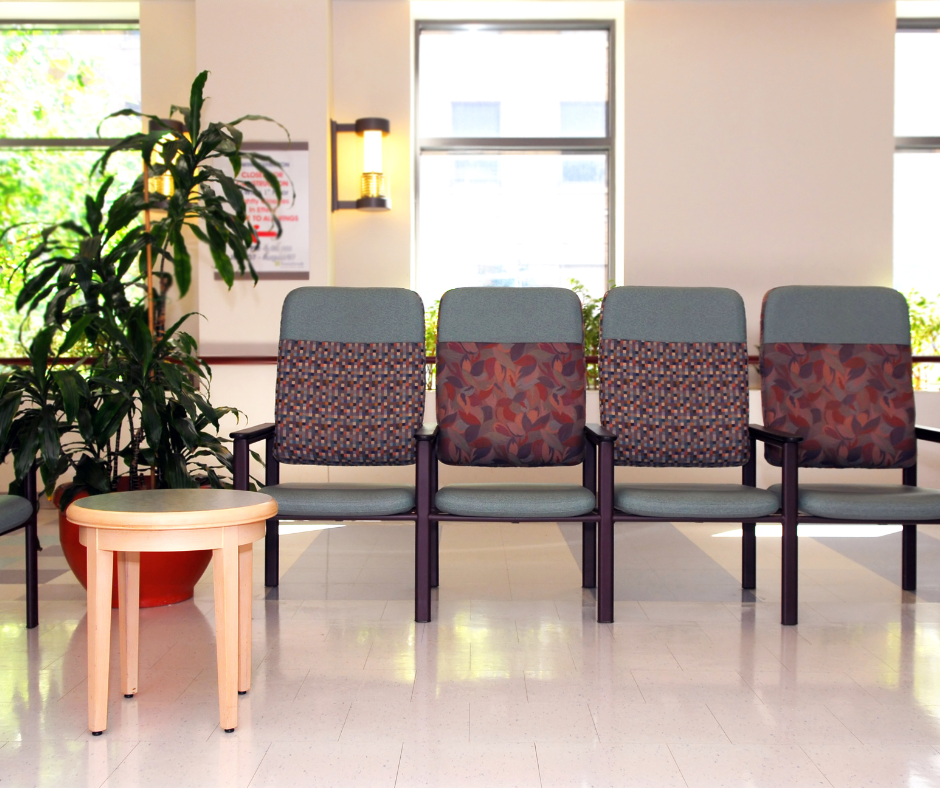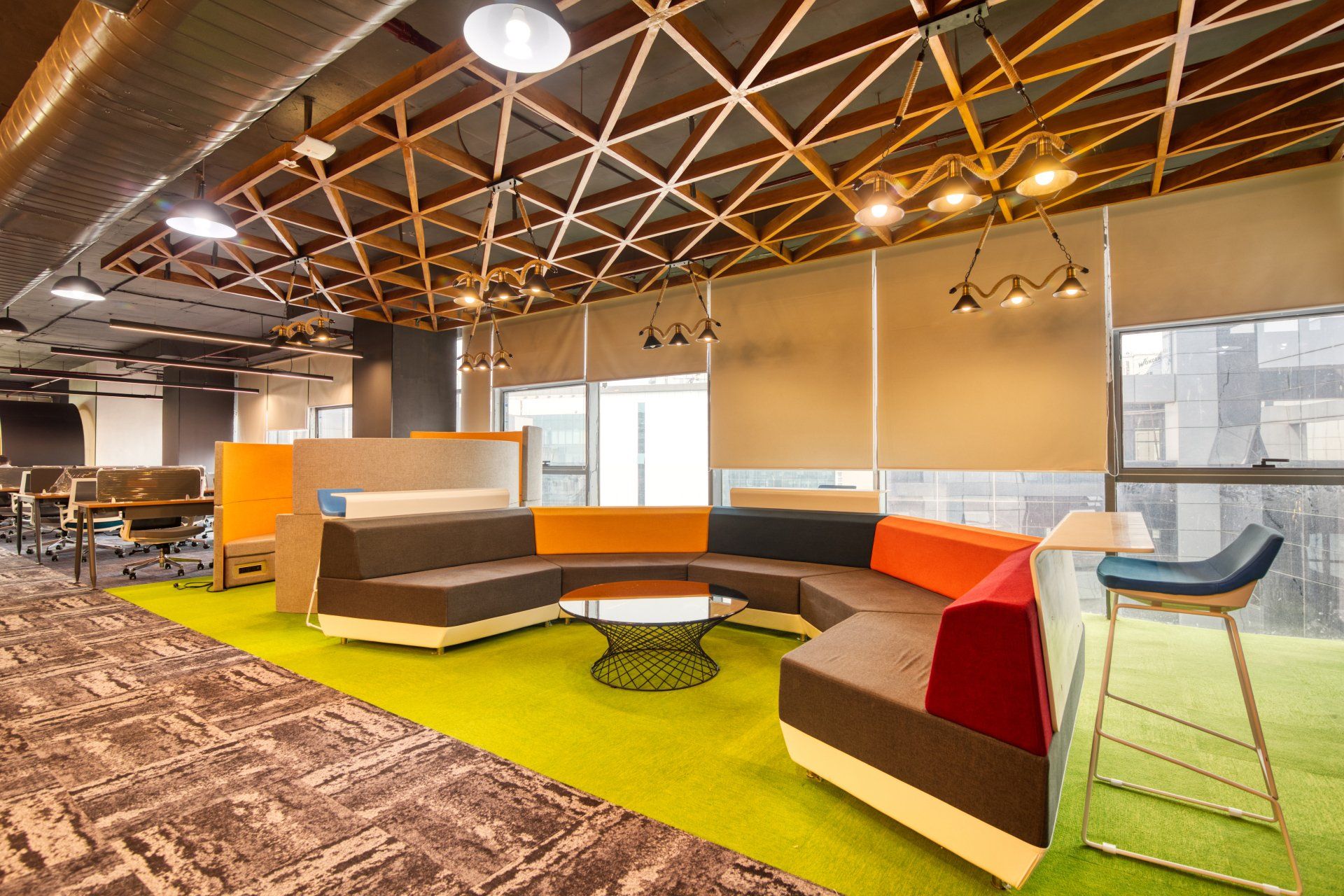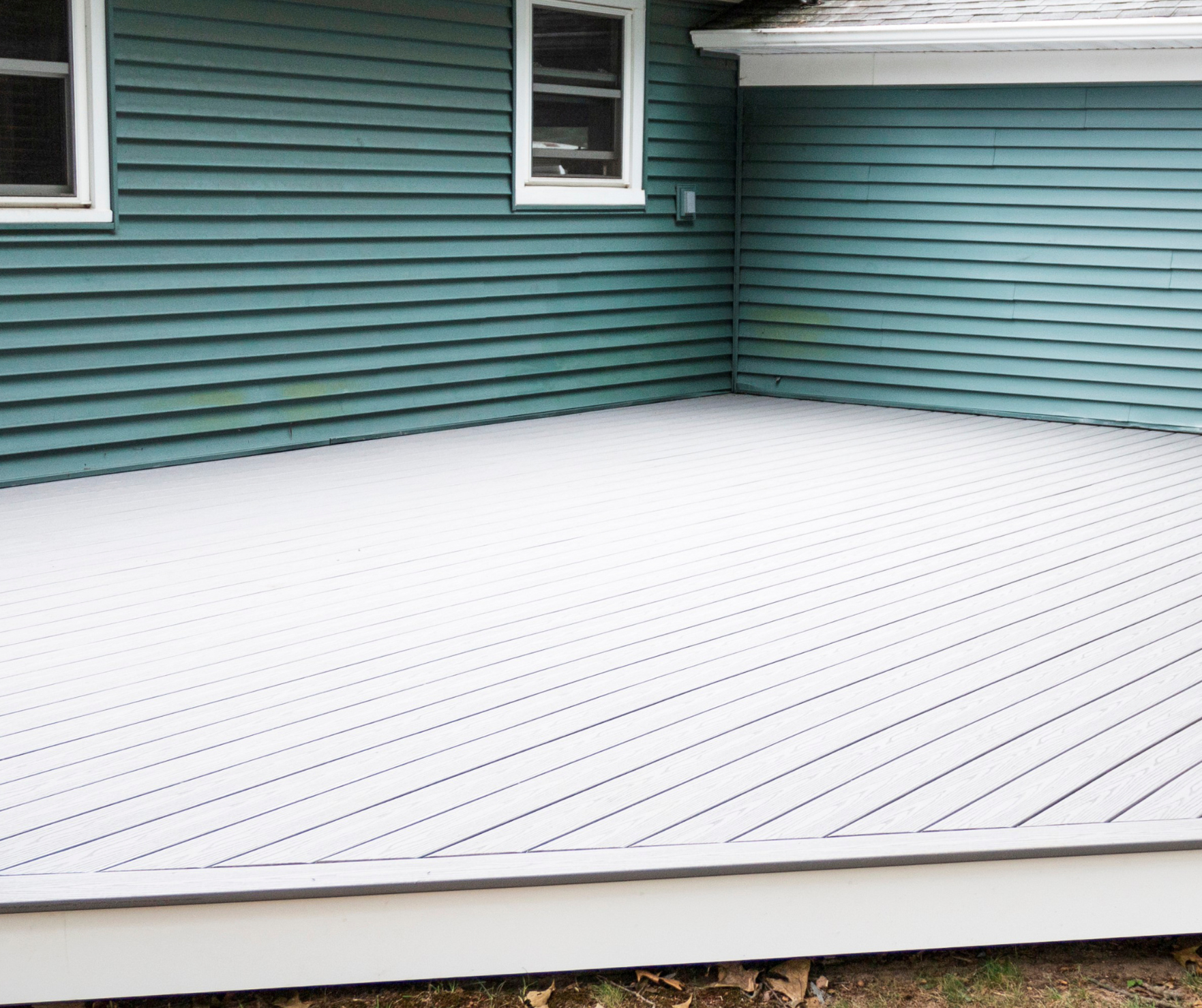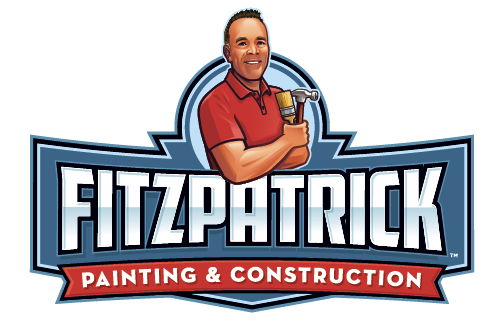Celebrating over 30 years
Painting Solutions for High-Traffic Areas in Healthcare Facilities
Healthcare facilities are some of the most demanding environments when it comes to maintaining clean, durable, and visually appealing spaces. With high foot traffic, constant movement of equipment, and strict hygiene standards, finding the right painting solutions for these areas isn't always easy, but it is necessary. If you’ve ever been in a hospital or medical clinic, then you know how much the right choice of paint plays into patient comfort and ease. Plus, the right interior paint also plays a key role in infection control and long-term maintenance.
So, how do you choose the right painting solution for your facility’s unique requirements?
Understanding the Challenges of Painting High-Traffic Areas
As we mentioned above, healthcare facilities see constant movement in hallways, waiting rooms, treatment areas, and patient rooms. Which means these areas are highly prone to wear and tear–whether by frequent foot traffic, gurneys, wheelchairs, or the movement of medical equipment.
In addition to physical damage, these surfaces also need to withstand regular cleaning and disinfecting to meet strict hygiene protocols.
For all these reasons, standard paints may not hold up well over time, and will likely lead to chipped, scuffed, or faded walls that compromise the facility’s appearance and cleanliness. This is where specialized painting solutions come into play (more on that below).
Durable Paints
What do we mean by “durable paints”? Basically high quality coatings that are created to be much stronger than other common household paints.
Commercial-grade scuff-resistant paints, for example, are formulated to handle the daily wear and tear that occurs in busy healthcare environments. These paints can handle a lot of extra strain.
You will also find paints advertised as “washable paints” which allow for frequent cleaning and disinfecting without losing their luster or color.
Hygienic and Antimicrobial Paint Options
Infection control is a top priority in healthcare facilities, and walls and surfaces can play a role in reducing the spread of germs.
Antimicrobial paints contain additives that actively inhibit the growth of bacteria, mold, and mildew on the surface. These paints are especially beneficial in areas with vulnerable populations, such as patient rooms and exam rooms, where maintaining a sterile environment is critical.
While antimicrobial paints are not a substitute for proper cleaning and disinfecting protocols, they can provide an additional layer of protection, making it more difficult for pathogens to thrive on high-touch surfaces.
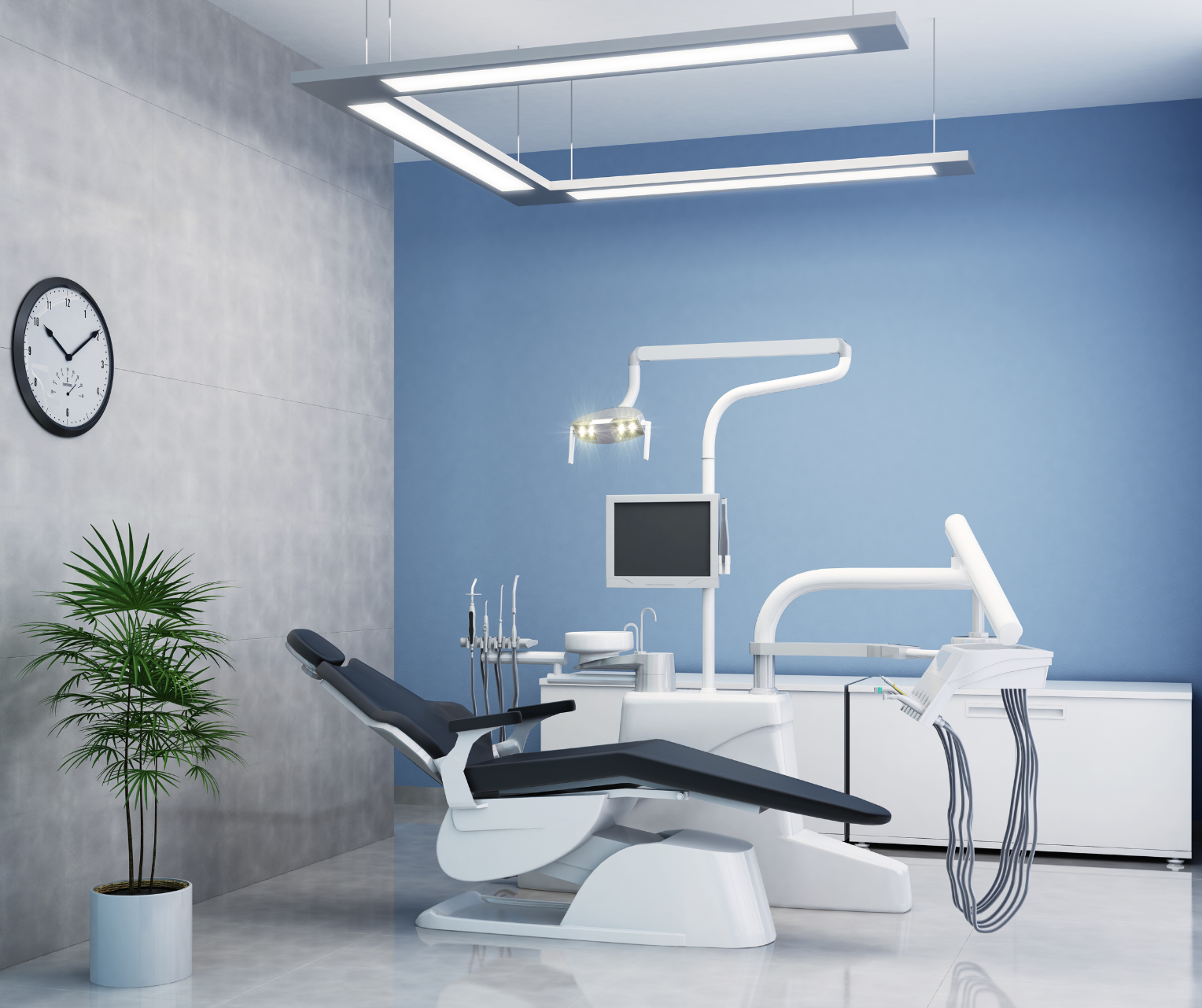
Color Choices: More than Mere Aesthetics
The choice of colors in healthcare facilities is about more than just looks—it can influence the mood and well-being of both patients and staff. Certain colors have been shown to promote relaxation, reduce stress, and create a sense of calm in otherwise sterile environments.
Neutral and light pastel colors, such as soft blues and greens, are commonly used in waiting rooms and patient care areas because of their calming effects. These colors can help put patients at ease while creating a welcoming atmosphere.
In high-traffic areas, however, it is important to balance these calming colors with practical choices. Mid-tone colors, or those with slight textures, can help minimize the appearance of scuffs, dirt, and other marks that may accumulate over time.
Using a thoughtful combination of calming and durable colors ensures that healthcare facilities maintain both a peaceful and professional look, even in busy areas.
What's the Takeaway?
Selecting the right paint solutions for high-traffic areas in healthcare facilities is one of the keys for maintaining a clean, welcoming, and durable environment. By choosing high-performance, durable paints that can withstand constant wear and tear, along with antimicrobial options for enhanced hygiene, healthcare facilities can ensure their spaces are both functional and aesthetically pleasing.
Need a commercial painter? At Fitzpatrick Painting & Construction we care about the organizations and businesses that keep our communities safe and healthy. Painting for healthcare facilities is not just a job, it's a privilege. Give us a call for more information!
Frequently Asked Questions (FAQ)
Q: What types of paint are best for healthcare facilities?
A: For healthcare facilities, it’s important to use durable, washable, and scuff-resistant paints. Antimicrobial paints are also recommended in areas where infection control is a priority, such as patient rooms and exam rooms.
Q: How often should healthcare facilities repaint high-traffic areas?
A: High-traffic areas should be evaluated regularly for signs of wear and tear. On average, these areas should be repainted every 2-4 years, depending on the level of traffic and exposure to cleaning chemicals.
Q: Are antimicrobial paints effective in reducing infections?
A: Antimicrobial paints are designed to inhibit the growth of bacteria, mold, and mildew, providing an extra layer of protection. However, they should be used in conjunction with standard cleaning and disinfecting protocols for maximum effectiveness.
Q: Can specific colors help create a calming environment in hospitals?
A: Yes, certain colors, such as soft blues, greens, and neutrals, are known to have calming effects and can reduce stress and anxiety in patients and staff. These colors are often used in waiting rooms, patient rooms, and other care areas to create a more soothing atmosphere.

FITZPATRICK PAINTING & CONSTRUCTION
IS CELEBRATING OVER 30 YEARS IN BUSINESS!
By using our website, you consent to our Cookie Policy, Privacy Policy, and Terms Of Service / Use.
All content Copyright © 2025 Fitzpatrick Painting & Construction Inc. Website by smallbee.com

